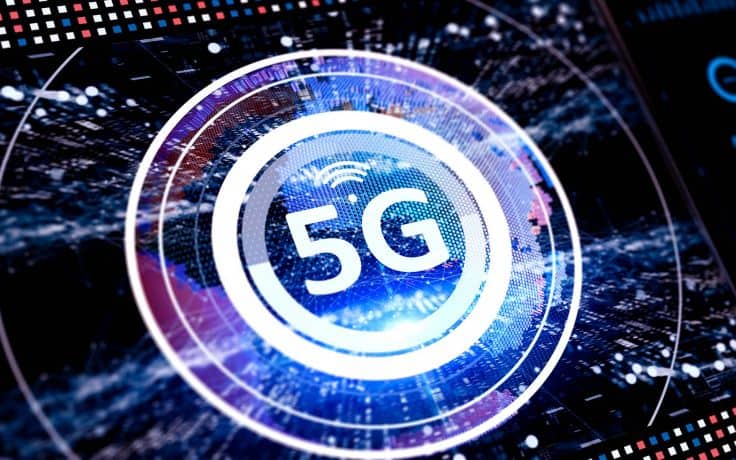5G-TMSI (5G temporary mobile subscriber identity)


5G is the latest generation of mobile communication technology which promises to provide high-speed data rates, low latency, and the ability to connect a large number of devices simultaneously. One of the critical features of 5G is the use of 5G-Temporary Mobile Subscriber Identity (5G-TMSI), which is a temporary identifier used to identify a mobile device during the connection to the network. In this article, we will explain what 5G-TMSI is, how it works, and its importance in the 5G network.
What is 5G-TMSI?
5G-Temporary Mobile Subscriber Identity (5G-TMSI) is a temporary identifier used by a mobile device to connect to the 5G network. It is assigned to a mobile device by the 5G core network (5GC) during the registration process. 5G-TMSI is used to identify the mobile device during the connection, and it is used in conjunction with other identifiers such as the International Mobile Subscriber Identity (IMSI) to ensure the security and privacy of the mobile device and its user.
How does 5G-TMSI work?
When a mobile device wants to connect to the 5G network, it sends a registration request to the 5GC. The 5GC assigns a temporary 5G-TMSI to the mobile device, which is then used to identify the device for the duration of the connection. The 5G-TMSI is stored in the device's memory and used to authenticate the device and ensure its security during the connection.
The 5G-TMSI is a temporary identifier that is only used for the duration of the connection. Once the connection is terminated, the 5G-TMSI is no longer valid, and a new one is assigned when the mobile device connects to the network again.
Importance of 5G-TMSI in the 5G network
The use of 5G-TMSI is a critical component of the 5G network, and its importance lies in its ability to provide a unique identifier for each mobile device that connects to the network. This identifier helps to ensure the security and privacy of the device and its user.
One of the key benefits of 5G-TMSI is that it provides better security than previous generations of mobile networks. 5G uses advanced security mechanisms, such as mutual authentication and encryption, to protect user data and prevent unauthorized access. The 5G-TMSI is an integral part of these security mechanisms, as it ensures that only authorized devices are allowed to connect to the network.
Another benefit of 5G-TMSI is that it improves the efficiency of the 5G network. The use of a temporary identifier helps to reduce signaling overhead and improve network performance. This is important in the context of the 5G network, as it is expected to connect a large number of devices simultaneously, which could potentially cause network congestion and reduce the quality of service.
The use of 5G-TMSI is also important for enabling new use cases and applications in the 5G network. For example, the 5G network supports network slicing, which allows network operators to partition the network into multiple virtual networks optimized for specific use cases or applications. The use of a temporary identifier such as 5G-TMSI helps to ensure that devices are properly identified and authenticated within their respective virtual networks.
